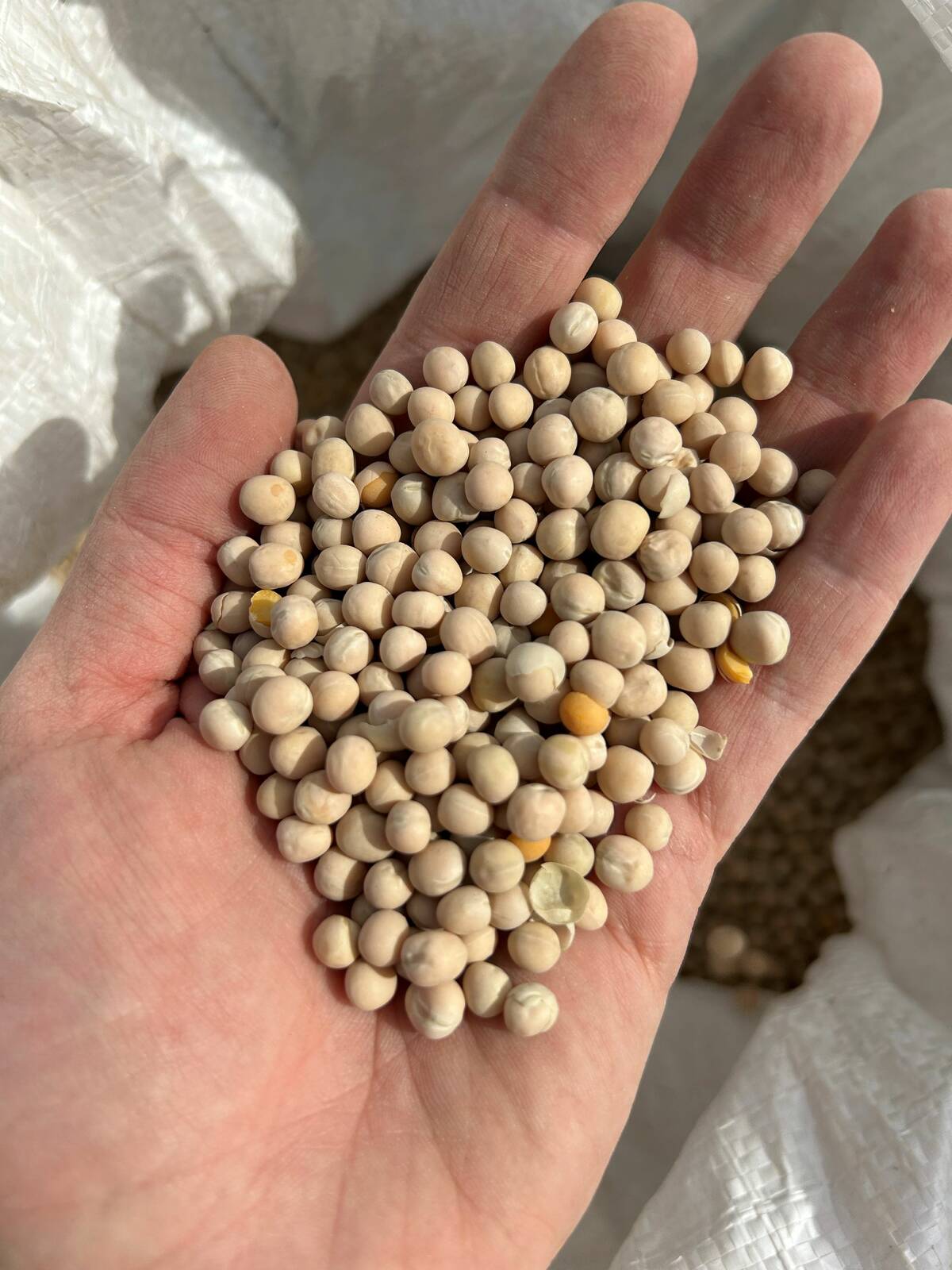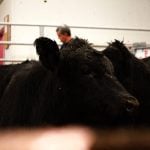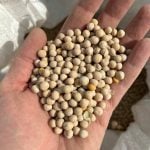A strain of clubroot able to club the roots of some resistant canola varieties has made its way east to Manitoba.
Manitoba’s agriculture department reported Friday that clubroot pathotype 3A — a strain that can “overcome some first-generation sources of genetic resistance” in commercial canola — has been positively identified in the south-central rural municipality of Pembina.
Canola varieties that have been traditionally rated as “R” or “resistant” won’t be effective in preventing clubroot infection against 3A, the department said.
Those canolas are tested against pathotypes 2, 3, 5, 6, and 8 but aren’t labelled as effective against 3A and 5X, both of which are “breaking-resistance” pathotypes.
Read Also

Pulse Weekly: Tariffs guide yellow peas in 2025
Tariffs were a major influence on Canadian yellow pea prices in 2025, with levies imposed by China and India. The two countries are Canada’s biggest foreign pulse buyers.
Genetic resistance to pathotype 3A can be found in just a “small number “of commercially-available canolas, and those are specifically labelled for resistance to 3A, the department said.
“Outside of Alberta, very few fields have been found to contain novel pathotypes like this, and this is the first finding in Manitoba,” the Canola Council of Canada said in a separate release Tuesday.
“This is yet another cue for the industry to continue to take this disease seriously and implement clubroot management plans,” council agronomy specialist Dan Orchard said in Tuesday’s release.
“We still have an opportunity to get ahead of this disease and limit the impact it has on canola producers and the industry.”
Selection pressure
Caused by soil-borne Plasmodiophora brassicae, clubroot first became established in Canada mainly in vegetable-growing regions of Quebec, Ontario, Atlantic Canada and British Columbia.
Swollen galls appear on roots of a clubroot-infected canola plant, choking off its supply of water and nutrients and forcing it to prematurely ripen, either reducing its yield or killing it. Typical yield losses run around 50 per cent but can run up to nearly 100 per cent in fields under severe clubroot pressure.
The disease’s first appearance in Canadian canola was in Quebec in 1997, but it took until 2003 for clubroot to turn up on the Prairies, in spots near Edmonton.
Clubroot has since landed in thousands of Alberta fields, mainly in central regions but also in the province’s south and its northwestern Peace region, and in canola fields in Saskatchewan, Manitoba, Ontario and North Dakota.
The first R-rated canola variety was released in 2009, but by 2013, significant clubroot infections began appearing in some Alberta fields seeded to R-rated canolas.
Pathotypes that are virulent against R-rated canolas were found to have been widespread in clubroot-infected areas of Alberta before R-rated varieties were introduced — but those pathotypes had usually been seen only at low levels in the galls on infected, non-resistant canola plants.
Experts say those findings confirm that the virulent strains of clubroot were able to thrive due to selection pressure from the use of R-rated canola.
Of the clubroot pathotypes affecting otherwise-R-rated canola, 5X was confirmed in central Alberta in 2014 — and 3A was found in a study last year to be the “predominant” virulent subtype in fields in that province.
Scouting time
A soil-borne disease, clubroot can be transferred from field to field on soil particles, travelling via footwear, vehicle tires, farm machinery and/or wind or water movement across a landscape.
The long-term sustainability of Prairie canola production will depend on suppression of clubroot infection through effective crop rotation — and rotation of sources of genetic resistance — together with good farm biosecurity, the Manitoba government said Friday.
Even when using resistant varieties, growers need to scout their crops to make sure the resistance they’re using is effective against the pathotypes in their fields and to see if new sources of resistance are needed.
Under high resting spore loads, symptoms can occur after using the same resistance source two or three times, or even sooner, the canola council said.
Producers are “strongly encouraged” to familiarize themselves with clubroot symptoms and start scouting this fall, the council said. Clubroot symptoms are most noticeable late in the season and can still be seen during and after harvest on canola roots.
“It is critically important to limit the pressure we put on resistance by using resistant varieties before spore concentrations are high, extending the break between canola crops and changing up resistance sources if necessary,” Orchard said Tuesday.
“The development of clubroot and discovery of a pathotype that is virulent to the original source of clubroot resistance is concerning to Manitoba canola farmers,” Ron Krahn, a director with the Manitoba Canola Growers Association, said Tuesday.
“We know how important canola is for a profitable crop rotation, which is why we feel the research dollars that MCGA spends every year on current production challenges is money well spent.” — Glacier FarmMedia Network















